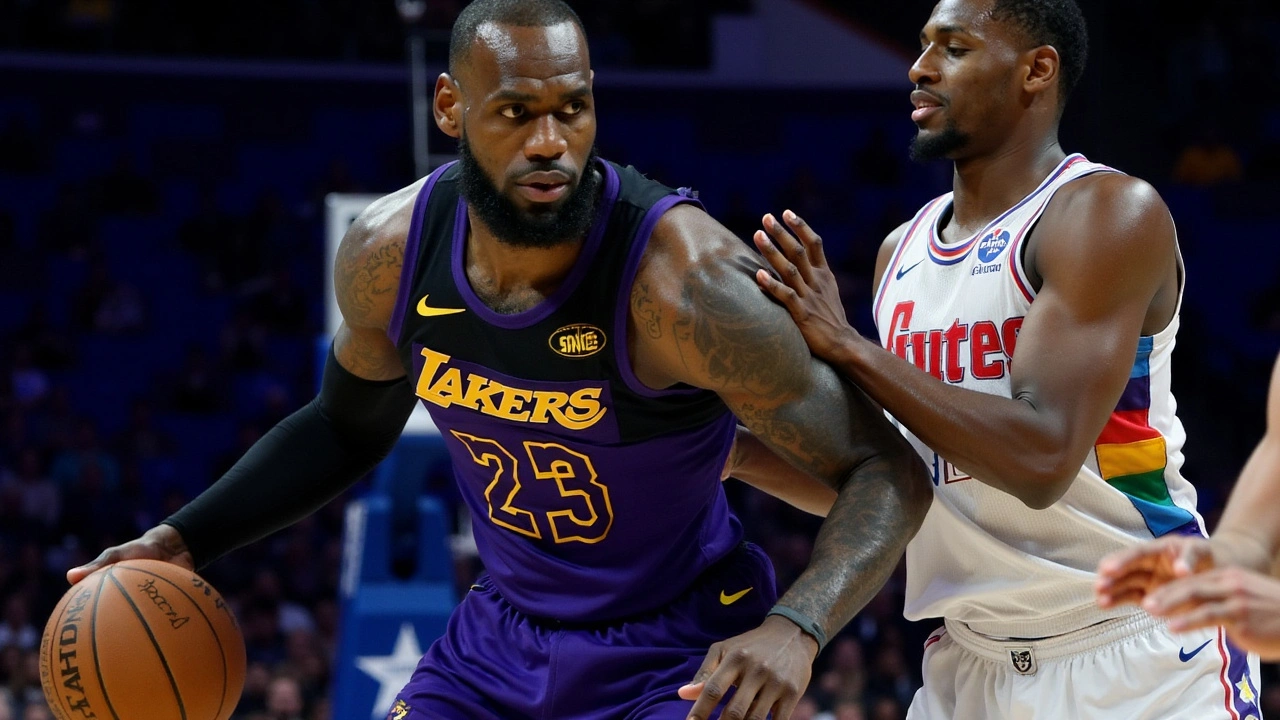Basketball Predictions: How to Make Smarter Picks
Want better basketball predictions without overthinking? Focus on a few reliable checks: injuries and rotations, pace, matchup nuances, and what the market already prices. You don’t need a PhD—just a simple routine that filters noise and highlights value.
Start with the injury and rotation check. Who’s out, who’s limited, and who is back after a rest day? A missing starter or a new rotation after a trade can swing both the spread and the total. Look at each player’s minutes over the last five games and any coach comments about workload. That tells you whether backups will see a real bump.
Next, compare pace and style. Teams that push the pace create more possessions and scoring chances; slow teams grind possessions and keep totals lower. Use basic stats: offensive rating, defensive rating and pace. If a high-pace offense faces a weak defense, the total and the favorite’s scoring line both rise.
Matchup matters more than form sometimes. Does the favorite struggle against big lineups? Can the underdog crash the offensive glass? Matchups reveal where edges hide. Think position-for-position: a poor rim protector vs a strong inside scorer, or a slow wing vs a quick penetrator. Those small edges add up when you stack them across a few games.
Quick checklist before you bet
- Injuries & rotation updates checked within 90 minutes of tip-off.
- Pace and net rating comparison done.
- Home/away splits verified (some teams travel poorly).
- Back-to-back or long travel flagged (rest matters).
- Shop for the best line and totals across 2–3 sportsbooks.
How I build a simple prediction
I use a lightweight model: expected points = team offensive rating * opponent pace factor * minutes factor. Then adjust for injuries and matchup quirks. Convert expected points to a projected margin and compare to the market spread. If my margin is bigger than the posted spread by 3+ points, I call it value. For totals I project combined expected points and compare to the market total. If my number differs by 5+ points, I consider a play.
Money management beats raw accuracy. Bet small units (1–2% of bankroll) on single-game value. Avoid large multi-leg parlays unless you’re just playing for fun. Track your picks in a simple spreadsheet: date, game, pick, stake, odds, result. Review monthly to find which edges actually work.
Live betting can flip value quickly. If a team starts cold or a key player picks up fouls early, lines move. Have a rule for live entries—don’t chase losses and don’t overreact to one quarter. Use live only when your pre-game model still shows an edge after the change.
Use this routine for NBA, Euroleague, or big national leagues. Keep it simple, check facts near tip-off, and protect your bankroll. Want a sample pick or a mini model sheet? I can show one based on today’s slate—just ask.
